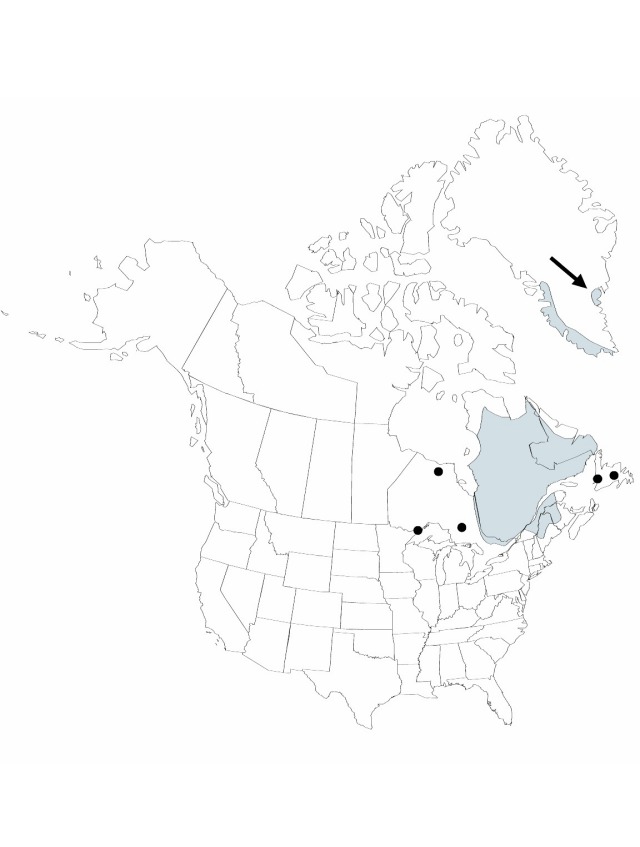Difference between revisions of "Juncus subtilis"
Syn. Luzul. 31. 1823.
FNA>Volume Importer |
FNA>Volume Importer |
(No difference)
| |
Revision as of 19:02, 24 September 2019
Herbs, perennial, emergent, rhizomatous (forming mats to 5 dm), 0.5–1 dm. Rhizomes 1 mm diam., nodes not swollen. Culms repent, floating or submersed, usually profusely branched, terete, 0.5–1 mm diam. Cataphylls absent. Leaves: basal 1–5, cauline 1–4, small fascicles of short capillary leaves often on rhizomes and stems; auricles 0.1–0.8 mm, apex acute, membranaceous; blade terete, 1.6–3 cm × 0.1–0.3 mm. Inflorescences cymes, flowers 1–3 at 1–2 nodes, 1–4 cm, branches spreading to erect. Flowers: tepals reddish, oblong; outer tepals 1.8–2.8 mm, obtuse; inner tepals 2.2–4.4 mm, obtuse; stamens 6, anthers 3/4 to equal filament length. Capsules exserted, chestnut brown, 1-locular, ovoid to narrowly ovoid, 2.4–5 mm, apex acute proximal to beak, valves separating at dehiscence. Seeds ovoid, 0.3–0.5 mm, not tailed; body clear yellow-brown. 2n = 40.
Phenology: Fruiting late summer–early fall.
Habitat: Muddy, sandy or gravelly shores, fens in decomposed peat, fine muds rich in humus, and submersed in brackish pools
Elevation: 0–200 m
Distribution

Greenland, N.B., Nfld. and Labr., Ont., Que., Maine.
Discussion
Flowers are rarely replaced by bulbils. Most Greenland collections are sterile.
Selected References
None.